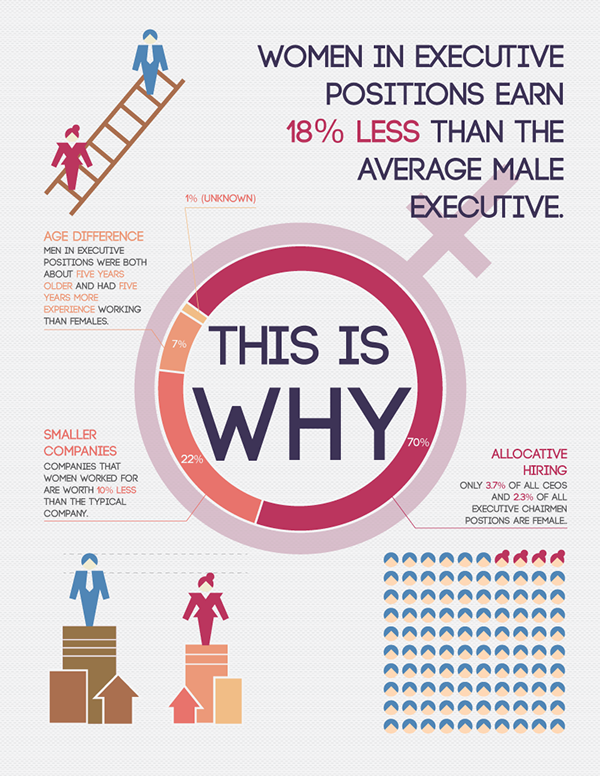For my questionnaire I asked 15 people to look at three front covers of music magazines, based off of different genres of music.
The first question asks about the age of the viewer: the majority of people answered 10-16. a couple people answered 17-20 and a few others answered 31-40
The second question asks the question (which would be the basis for the rest of the questions) which front cover was their favorite... I have created a pie hart displaying the result I received.
Question 3 asks if the typography grabs the readers attention, most people who answered put yes, mostly due to the sizes, fonts and colours.
Question 4 asks if the central image is interesting, those who chose rolling stone as their preferred cover mostly answered yes due to its creative/unique style.
Question 5 asks if the colour of the made their proffered magazine made the magazine stand out, most people answered yes but one person answered no; their preferred magazine was form Classic Rock which has an image of Axle Rose in front of a black screen, so can agree that there is a lack of colour (comparing to the other covers)
Question 6 asks if the magazine is considered eye catching, most people answered yes due to many different reasons. People who chose RollingStone mostly said it was because of the collage style and creativity, people who chose Classic Rock said it was because of the artist used in the central image, the person who chose Metal Hammer said it was because of the genre of music.
Question 7 asks if the layout of the page is decent, all of the covers have a similar layout; a central image with a direct mode of view, cover lines on each side and a large masthead that goes across the top of the page. So everyone who took the questionnaire answered yes
Question 8 asks who the target audience for the selected cover is, most people, who chose RollingStone or Classic Rock, said it would most likely be fans of the artist featured in the central image.
Question 9 asked if the central image is appropriate for the cover, most people answered yes because they all featured an image of the artists in the headline.
Question 10 asks what does the headline say and what does it mean, the covers all talk about the artist featured in the image, but RollingStone's headline is different, it calls Jay Z the 'king of america' meaning hes successful or at the top of his game.
Question 11 asks if the cover features enough information about the contents of the magazine, all answered yes, because all three of the covers feature a decent number of cover lines.





















